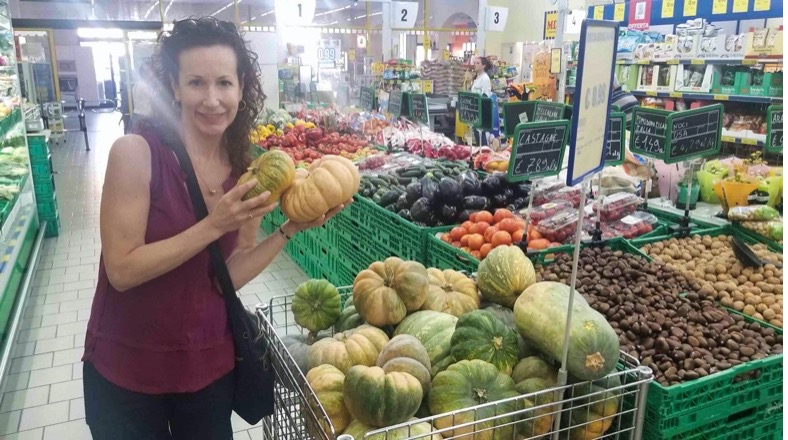Jewish Food - Bubbes and (Way) Beyond
Often when we think of Jewish food in America, we think lovingly of bagels, brisket, matzah ball soup, and plump golden challah—and the sweet bubbes (grandmothers) known for making them best. It’s no wonder those foods came to dominate the scene for so long, for they are the foods of Eastern European Ashkenazi Jewish immigrants, the largest Jewish immigrant group through the late 19th and early 20th century.
But Jews and distinctly wonderful Jewish foods also come from Jewish communities from other parts of the world. The Jews of Spain and Portugal, Sephardic Jews, scattered the world over after their expulsion from the peninsula in 1492. The other major grouping is Mizrahi Jews, those who lived continuously in what is now Israel and areas around the Middle East, stretching from Greece to North Africa, for thousands of years. Smaller communities of Jews also developed distinct traditions in places like India, Asia, Ethiopia, and of course Italy.
It all makes for a diverse, fascinating, and richly satisfying global cuisine, most clearly distinguished by practices and ingredients to observe Shabbat (such as overnight cooking to avoid cooking on the Sabbath) and kosher rules (such as avoiding pork, shellfish, and mixing of dairy and meat ingredients in the same meal). Furthermore, Jewish peoples threatened by antisemitic violence have historically moved and relocated often. Being relatively poor, they became thrifty and creative cooks wherever they made their new homes, making the most of local and inexpensive ingredients, like potatoes (latkes!) and brisket, a tough cut of meat that few others wanted at the time.
For a broader look: See Chapter 1, “A Rich Nibble of History” in The Essential Jewish Cookbook.
Italian Food - That's Amore
Mention Italy and many of us think of amazing, flavorful food with fresh ingredients, and of course, wonderful pasta. But on closer look, the country offers remarkably diverse cooking and ingredient specialties from region to region. Those regional cooking styles developed so distinctly because Italy was divided into independent states until it was unified in 1870.
Italy was one of the earliest homes for Jews outside the Middle East. They arrived in southern Italy more than 2000 years ago. They faced hardships over the centuries, including being forced into ghettos, but in the long sweep of history, they became well-integrated into Italy and lived relatively peacefully until World War II. The Jewish-Italian community developed a distinct cuisine that made delicacies of local, fresh, and often less-desirable ingredients. When their neighbors had little use for items like eggplant or artichokes, Jews found delicious ways to prepare them—and one of the most lasting legacies of Jewish-Italian cuisine remains the dish still highly beloved today, Carciofi alla Giudia, artichokes Jewish-Style.

Hungry for more? My favorite books on Jewish-Italian cuisine:
- The Classic Cuisine of the Italian Jews I and The Classic Cuisine of the Italian Jews II by Edda Servi Machlin (these are out of print but worth buying used or seeking out in your library)
- Cucina Ebraica by Joyce Goldstein
- Italian-Jewish Cooking by Mira Sacerdoti
Jews and Italians in America—Family and Food
Both Jews and Italians immigrated in large numbers to the United States through the early 20th century. They often settled near one another in neighborhoods throughout the Northeast and some Midwest cities, but especially New York—in 1910, more than half of America’s Ashkenazi Jews and one quarter of its Italian immigrants lived in the city. Later they often moved to the same outer boroughs. And so they became intertwined in new ways, two groups that cherished family and shared meals around the table and who early on were often shunned by America’s Protestant society. Intermarriages also brought them together. And they continued to influence each other’s foods. The revered New York-style Jewish cheesecake likely had its inspiration from Italian ricotta cheesecakes. And of course we have things like the pizza bagel, which also playfully refers to children of mixed Italian and Jewish marriages. And through it all, Jews developed a love for Italian food that became legendary—and Italians also became devotees of Jewish deli comfort foods.